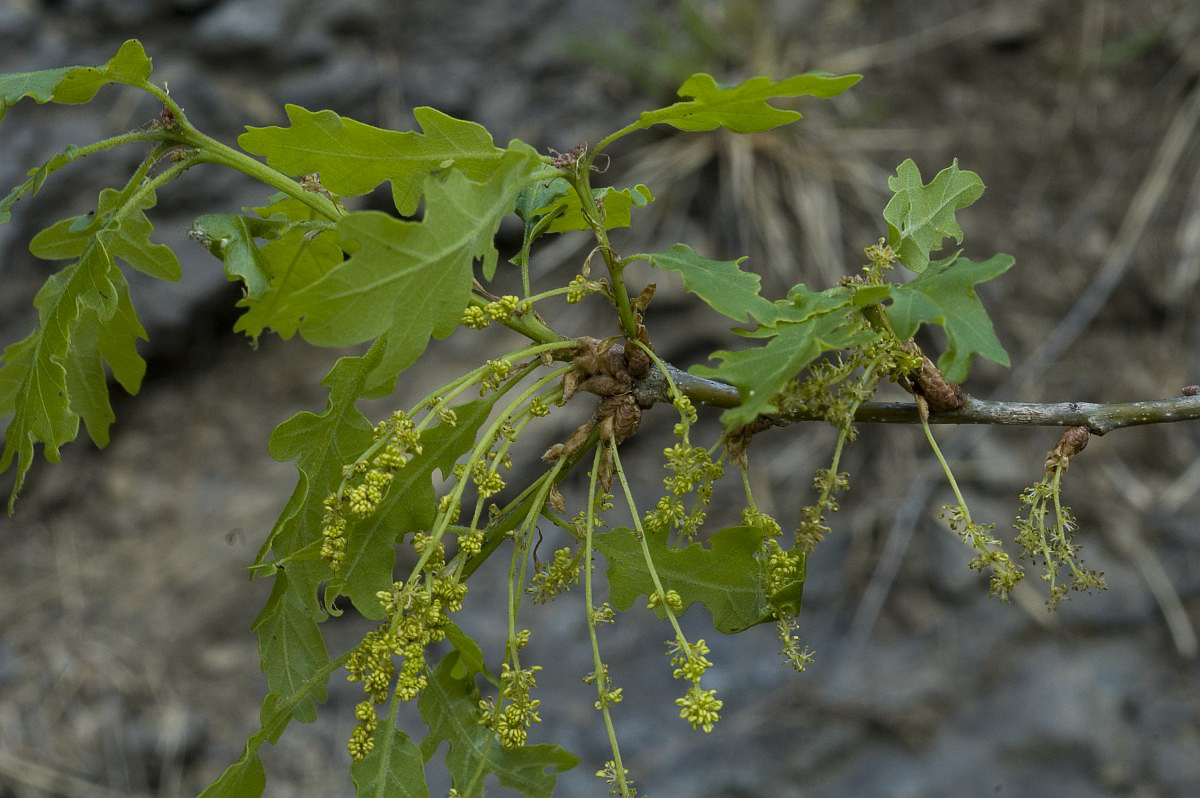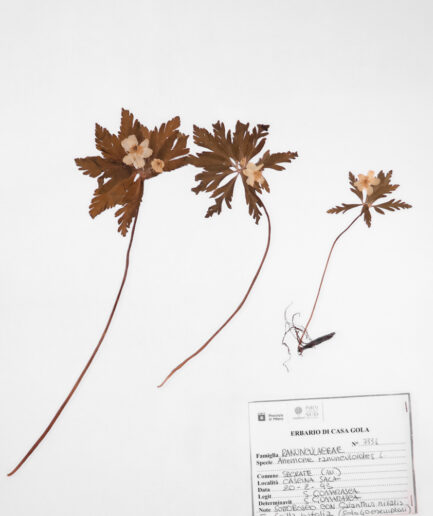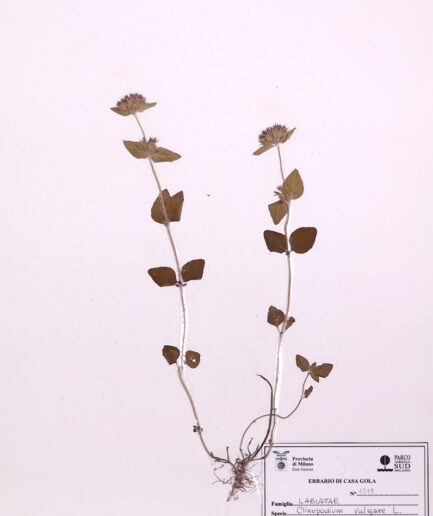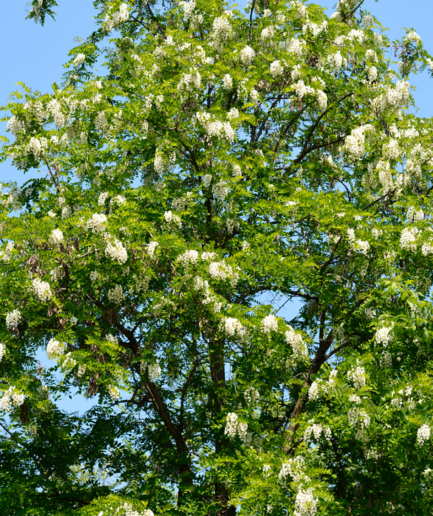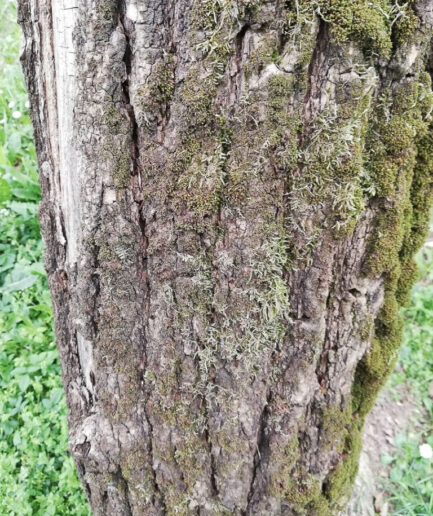Downy oak
Scientific name: Quercus pubescens Willd.
Family name: Fagaceae
MORPHOLOGY
Growth habit and size: tree with broad, globular crown, deciduous foliage, and a short, branched trunk. Smaller in size compared to other oaks, reaching a maximum height of 25 m. Fairly long-lived, slow-growing species.
Bark: Dark gray, tends to crack from a young age into small, hard, and rough plates.
Leaves: Alternate and simple, highly variable in size and shape, although generally ovate-elongated. The underside of the leaf is densely covered with small hairs making it densely pubescent. Leaves fall late and tend to remain dry on young plants throughout the winter.
Flowers: Male flowers with 6-10 stamens clustered in pendulous, pubescent catkins that appear early in the foliage. The female flowers, on the other hand, are briefly pedunculate. Flowering occurs between April and May, later than the English oak and the durmast oak.
Fruits and seeds: Ovoid-shaped achene borne on a very thick, hairy peduncle. The dome covers the acorn for half its length. They ripen in October.
DISTRIBUTION AND HABITAT
Plant native to the Mediterranean basin. The downy oak is widespread throughout Italy, up to 1,200 m above sea level. It is a hardy species that thrives in full sun and withstands low temperatures. It has no soil preferences and adapts well to shallow soils and hot, arid slopes. It forms pure or mixed thickets with oak, turkey oak, black hornbeam, and field maple.
USE
Oak wood is primarily used as firewood due to its excellent calorific value and slow combustion. It is difficult to work with, so it is only used for specific parts in shipbuilding and agricultural tools.
Often found in parks as an ornamental plant, its sweet acorns were historically used, especially during times of famine, not only to feed pigs but also to produce a type of acorn bread.
INTERESTING FACTS
The specific epithet indicates the pubescence of the leaves. While the wood of the downy oak is currently primarily used as fuel, it was historically significant for the construction of railway sleepers. The development of railways in Italy led to the repeated cutting down of these trees, resulting in a significant reduction in the downy oak population.
Photos: Under free license from Saxifraga-Marijke Verhagen e Jan van der Straaten



